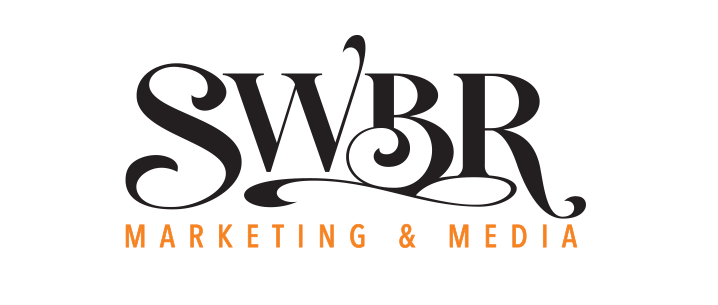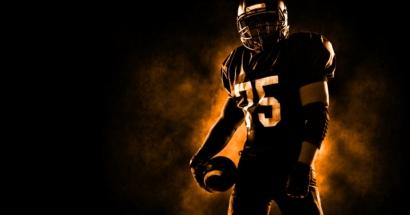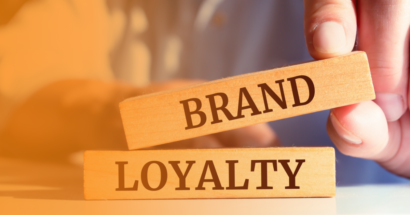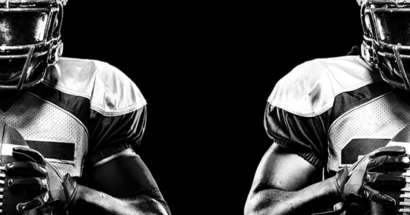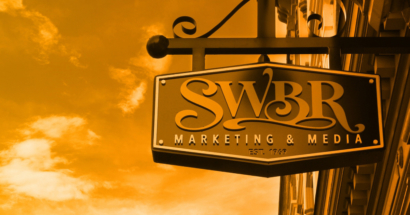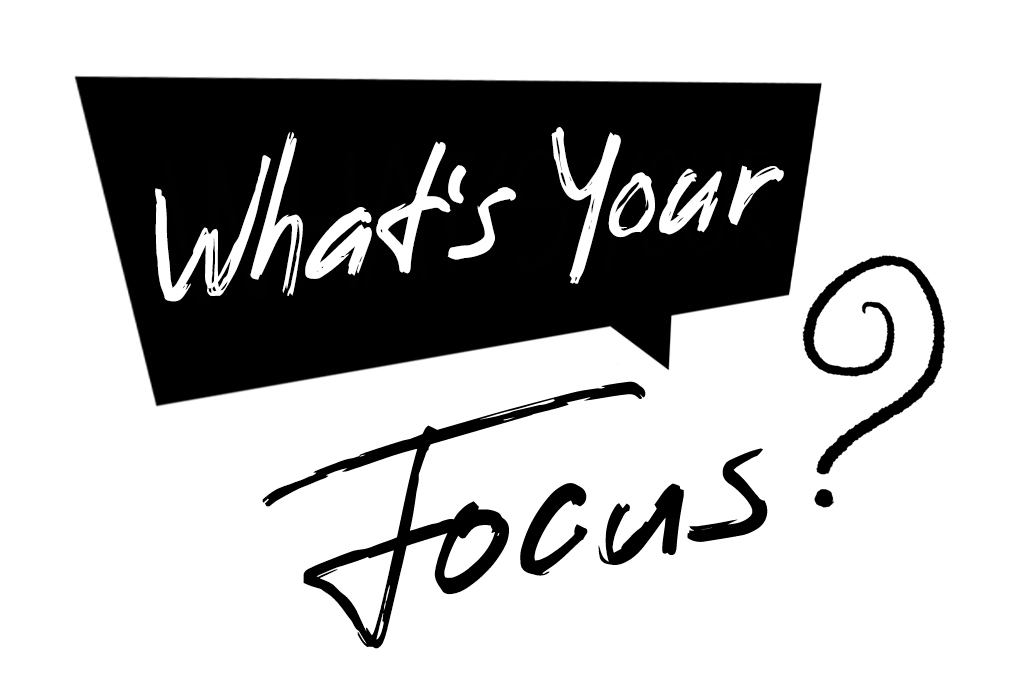Updating your company’s logo and brand identity to keep it current and modern is a good thing as it shows longevity for your brand. But wiping the slate clean and completely rebranding – or renaming your company or products – is without question a difficult balancing act to manage.
Many companies have tried to rebrand or reinvent themselves over the years, but the results are spotty at best.
In the mid-1980s, Coca-Cola became New Coke after tweaking its recipe. The rebranding to sell a new-and-improved product was not well received. The beverage giant quickly returned to its original “classic” recipe, rebranding again as Coca-Cola Classic.
In another rebranding example, the University of Pittsburgh in the late 1990s changed its logo and stripes, literally, by shifting to a darker blue and light gold color scheme for presumably a more sophisticated brand image. However, the school recently returned to its long-recognized lighter and brighter blue and yellow colors.
Sometimes rebranding is simply necessary. The World Wrestling Federation (WWF) that belonged to the parent company Titan Sports, which was founded in 1980 and run by Vince McMahon, Jr., was forced to rebrand itself as World Wrestling Entertainment (WWE) in 2001.
The switch was necessary as the British-run World Wide Fund for Nature, better known in the United States as World Wide Fund (WWF) won a lawsuit as the rightful owner of the WWF trademark as having established its brand in the early 1960s.
In full disclosure, before writing this blog I always thought the World Wrestling Federation changed its name to World Wrestling Entertainment as an acknowledgment that pro wrestling is not real combative wrestling, but truly entertainment. This fact should stand as a disclaimer that the impetus of rebranding initiatives is never fully recognized or known to the public.
So in many ways, if it’s not broken then perhaps we should leave well enough alone.
In the interesting times we live in today, sports teams – like the Washington Redskins – have now become the Washington Football Team – eliminating a mascot altogether for now.
And several manufacturers are changing long-established brand names – or product names – seemingly on a whim because their names and logos are suddenly labeled as offensive.
Politics aside, and looking at this from a pure marketing perspective, it appears lost in all this upheaval and rush to rebrand, few have stopped to think about the brand equity built into these names that is going up in smoke. It’s too early to tell how these brand reboots will fare, but like New Coke, these rebrands may struggle to measure up.
Sometimes rebranding is needed, like in the case of the WWF, but even when it is, no rebrand should happen without much consideration of the ramifications.
A company’s brand is its signature. Logos and color schemes become comfortable, recognizable and trusted images. When a company builds brand equity and earns customers’ trust, any new product launched is automatically accepted and embraced by brand loyalists.
McDonald’s hamburgers are far from the best burgers you can find, but the familiarity of the product and the golden arches sitting up high in towns and along highways give hungry travelers a restaurant experience that is consistent and comfortable to them. This brand equity helped McDonald’s grow into a global restaurant giant.
It’s critical that all brands reflect a consistent, trusted image to customers. These brand identities are comfortable symbols audiences believe in. A respected brand name gives consumers the confidence to freely spend their hard-earned money based on the reputation of a company consistently producing quality products and services.
If you’re embarking on a rebranding initiative for any reason at all, it’s a good idea to measure the equity that has been built in the existing brand. If you’re a steward of a company’s brand image, great consideration should be given to the consequences of setting aside a proven, trusted brand identity.
If you’re thinking about rebranding your company – or a product line, Contact SWBR and we can help you assess the pros and cons, along with the best approach to refresh your brand image and present it to the world.
